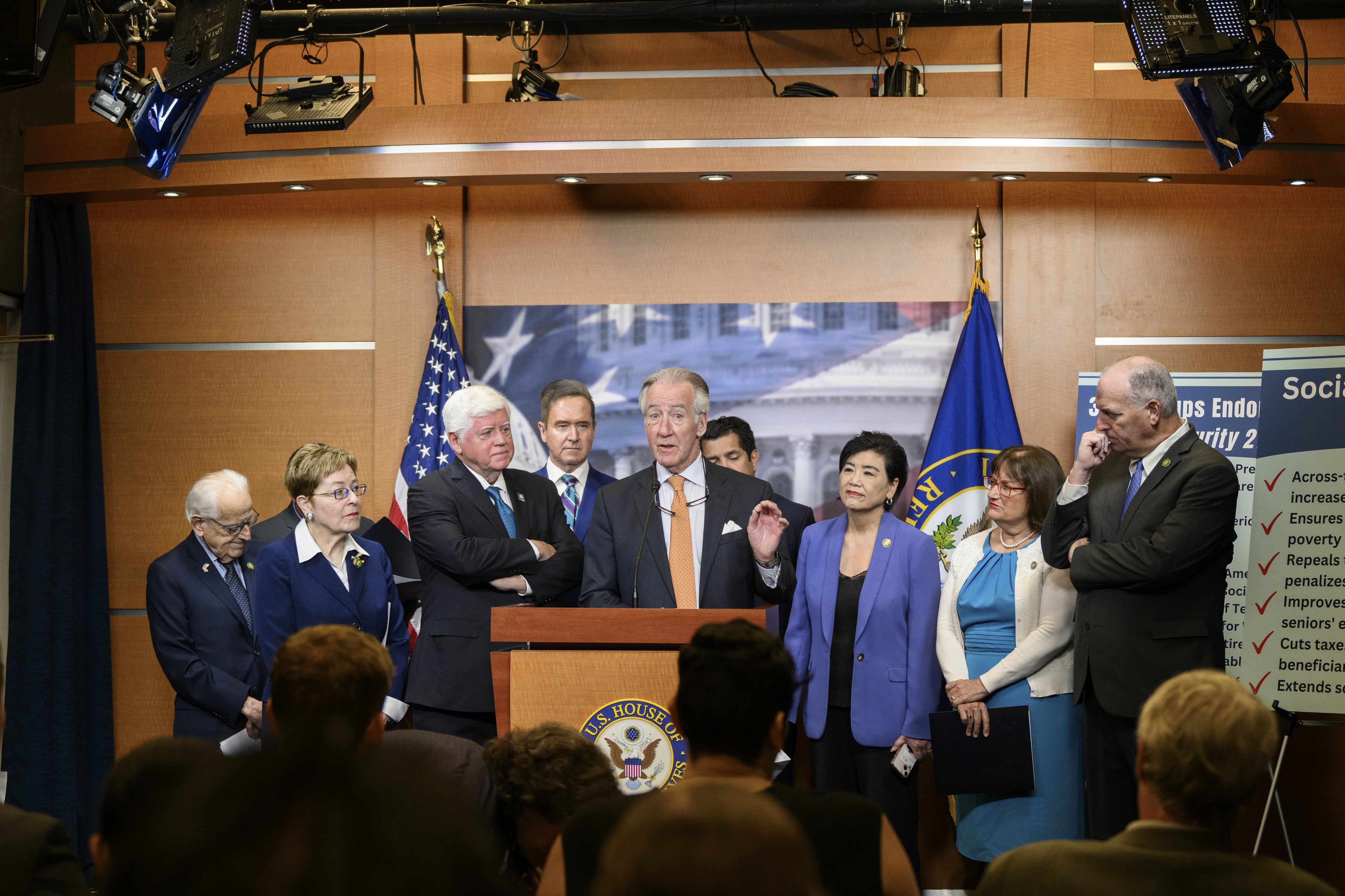Washington, DC
(As prepared for delivery)
In 2016, Central States applied to the Treasury Department to cut retiree benefits giving us a glimpse into what insolvency for a large national pension plan would looks like. A retiree from my home state, Massachusetts, barely escaped those devastating benefit cuts. He worked as a car hauler for almost 30 years. Then, years into his retirement, he received a notice from his plan telling him that his benefit could be cut by more than 50 percent. Fortunately, the pension plan’s benefit cuts application was denied, but the plan is still troubled and this retired Massachusetts couple’s financial security remains at risk.
I introduced legislation to address the multiemployer crisis for retirees and workers just like Norman Proulx. And while we are focused today more on understanding the multiemployer funding problem than on solutions, I think talking about solutions may help us better understand the issue.
Mr. Goldman, last year, you and other members of the American Academy of Actuaries, provided a bi-partisan briefing entitled Multiemployer Pension Plans: Potential Paths Forward. In your materials then you mentioned that a loan program could help solve the multiemployer funding crisis by allowing plans to: borrow money at a low interest rate and invest the proceeds in the plan which would, in your words, “provide a longer timeframe for employers to pay the costs” and “provide leverage on plan investment returns relative to the borrowing rate.” As you know, my colleague Senator Brown and I introduced legislation that, if enacted, would create a loan program.
- Mr. Goldman, it has been a year since you previously spoke about loan programs, how has the landscape for multiemployer plans changed in that time frame?
- Mr. Goldman, I proposed a solution that will work in recognition that we must act now. In your expert opinions, what will be the economic impact to retirees and at large, if we do not act now?




